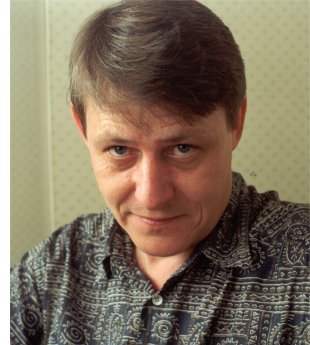

The first, in a twisted but recognisable London, is a sort of East-End rozzers-and-gangsters tale set in a world of psychoactive viruses and virtual reality. The structure, too, is excellent – split into three parts, each works almost as a standalone novella with its own new protagonist and setting. The tone is fantastically well evoked – genuinely oppressive and dark and atmospheric, so that picking the book up or putting it down can change your mood in dramatic ways. What this book does well, it does brilliantly. But a creepily brainy little girl genius has worked out a way to awaken the dolls' intelligence, accidentally – or perhaps not – turning them into a runaway, fast-evolving new species of ‘fairies’ that start to overrun the continent. At the bleeding edge of hi-tech development are the genetically engineered ‘dolls’ who are used as slave labour, as sex toys, or simply as modish pets for the super-rich. The setting is a nearish-future Europe of scientific advance and social decay, in which nanotechnology is as prominent a feature as conflict refugees.

Whether that's the book's fault or mine I'm not quite sure. A dark, immersive biopunk epic which is very close to being a top-tier achievement – and yet somehow, in the final third, it just kept slipping away from me faster and faster, until by the end I no longer had any firm grip on who half the characters were, or what exactly had happened to them, or why.


 0 kommentar(er)
0 kommentar(er)
